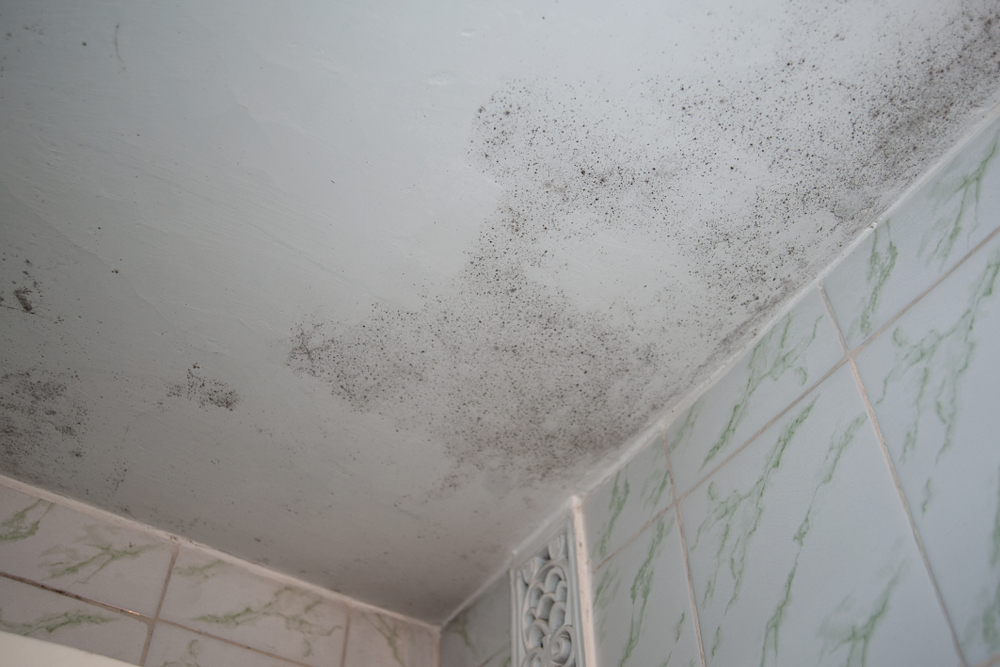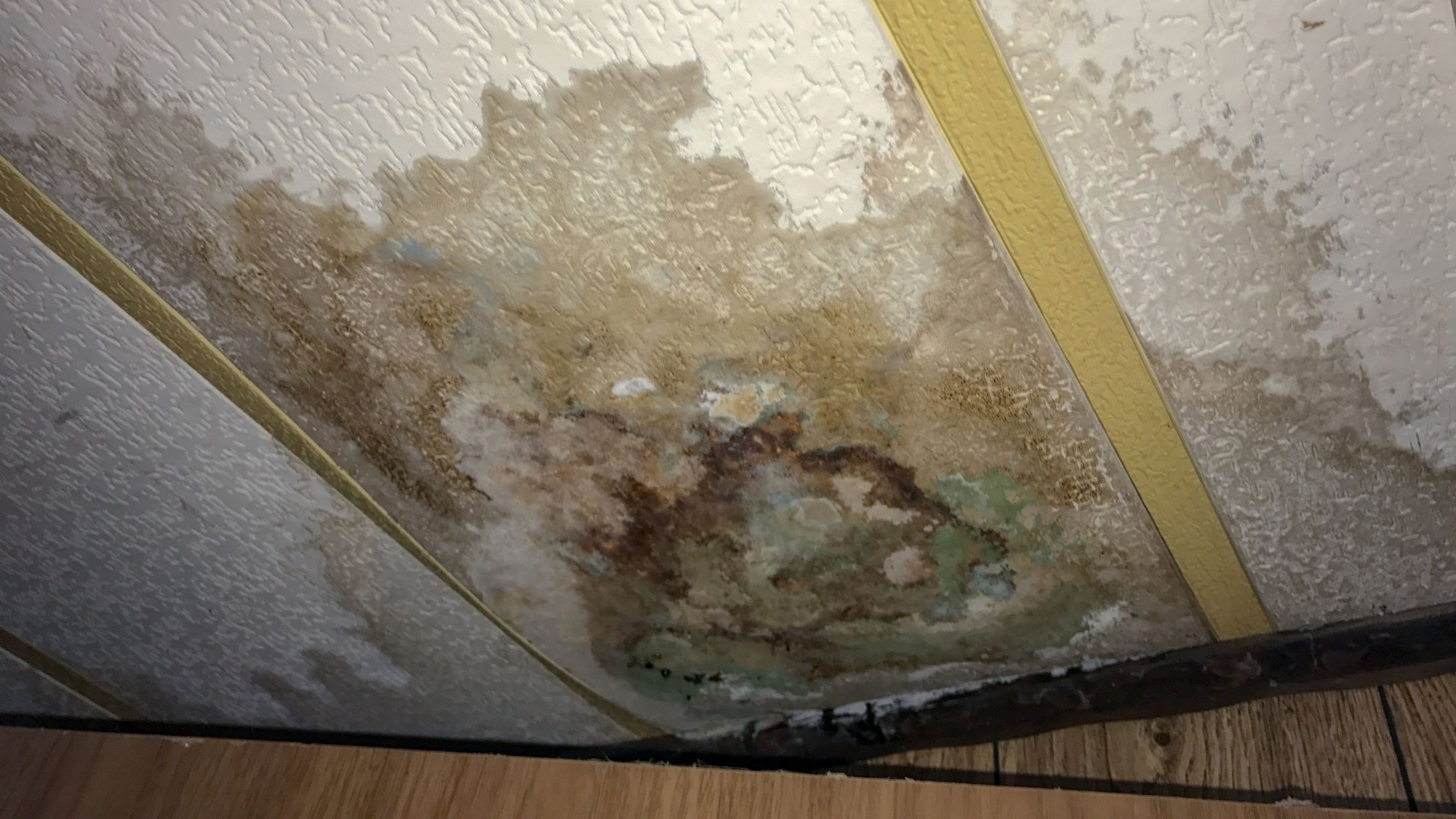Why Moisture Leads to Bathroom Water Damage
Why Moisture Leads to Bathroom Water Damage
Blog Article
We have found this article about How to Repair and Prevent Bathroom Water Damage? directly below on the web and reckoned it made perfect sense to share it with you over here.

Water damage typically happens in the bathroom as a result of the water utilized everyday. Occasionally, the damage could be a little mold from the shower. Various other times, it's large damage on your floor. Whatever it is, it is always excellent to know the cause and prevent it before it takes place.
This overview will experience a few of the usual root causes of water damage in the shower room. We will also analyze what you can do to prevent these reasons from harming your restroom. Let's dive in.
These are the usual factors you would have water damage in your washrooms as well as just how you can identify them:
Excess Dampness
It's amazing to have that lengthy shower as well as splash water while you hem and haw as well as imitate you're doing, yet occasionally these acts might cause water damage to your washroom.
Splashing water around can create water to visit edges and also create mold and mildews. See how you spread out excess dampness around, as well as when you do it, clean it up to avoid damages.
Cracks in your wall tiles
Washroom wall surface floor tiles have been specially developed for that objective. They safeguard the wall from moisture from people taking showers. Nevertheless, they are not indestructible.
Often, your shower room wall tiles crack as well as enable some dampness to seep into the wall surface. This could possibly damage the wall surface if you do not take any kind of activity. If you observe a crack on your wall ceramic tiles, fix it instantly. Do not wait till it destroys your wall.
Overruning toilets and sinks
As people, sometimes we make blunders that can trigger some water damage in the washroom. For example, leaving your sink tap on can cause overruning as well as damages to other parts of the restroom with dampness.
Additionally, a faulty bathroom might create overruning. For example, a damaged bathroom take care of or other parts of the tank. When this takes place, it can damage the flooring.
As quickly as you observe an overflowing sink or toilet, call a plumbing technician to help take care of it instantly.
Burst or Leaking Pipelines
There are lots of pipes lugging water to various parts of your bathroom. Some pipes take water to the toilet, the sink, the faucets, the shower, as well as lots of other locations. They crisscross the little location of the bathroom.
Every now and then, these pipes might get corroded as well as ruptured. Various other times, human activity could cause them to leakage. When this takes place, you'll locate water in the edges of your restroom or on the wall surface.
To spot this, keep an eye out for gurgling walls, mold and mildews, or mildew. Call an expert emergency plumbing technician to repair this when it happens.
Roofing Leaks
In some cases, the problem of water damage to the bathroom could not originate from the restroom. As an example, a roof leakage might create damages to the washroom ceiling. You can find the damage done by considering the water discolorations on the ceiling.
If you find water spots on your ceiling, check the roof covering to see if it's harmed. After that, call a professional to help address the concern.
Verdict
Water damage to your bathroom can be annoying. Nevertheless, you can handle it if you stop a few of the reasons stated in this overview. Call a professional emergency plumbing professional if you observe any kind of severe damage.
How to Repair a Water-Damaged Wall in the Bathroom
All you need to know to repair bathroom wall water damage – from identifying the water source to finishing the repair professionally. If you don’t act quickly to resolve a water damage problem, you could find that it develops into a mold issue and/or cause structural damage to your home. Follow this guide to repair your bathroom before it's too late.
All you need to know to repair bathroom wall water damage
Water damage is a common household problem, and one that, if left unrepaired, can quickly lead to structural problems and health issues. The two most likely rooms where water damage may occur is the bathroom and the kitchen – where water is used often and there is high humidity.
What is water damage?
It is easy to think of water damage as caused by a flood or leaking tap or burst water pipe. However, when water damage is assessed, there are three main categories into which water falls (as classified by the American National Standards Institute). These categories are defined as:
Category 1 Water – ‘Clear Water’
This is sanitary water. There is usually no major threat to health by washing with this water, drinking it, or inhaling if it is streaming. Most water that enters your home will be category 1 water, while most water leaving your home will be either category 2 or 3 water. It may also come from melting snow, rainwater and water tanks.
Damage caused by this type of water can usually be repaired or restored, though this doesn’t mean that there are no potential health issues.
Category 2 Water – ‘Grey Water’
This is contaminated water – sometimes considerably so – and will cause illness if consumed or if it comes into contact with your skin. Water damage in this category is often caused by overflows from toilet bowls, and damage to washing machines and dishwashers. While damaged items might still be repaired or restored after damage by grey water, it is more difficult and more expensive to do so.
If the water damage in your home has been caused by grey water, it is advisable to have repairs made by professionals.
Over time, grey water will deteriorate and become black water.
Category 3 Water – ‘Black Water’
Category 3 water, also known as black water, is highly contaminated and a great risk to health. This may contain raw sewage, heavy metals, and other toxic substances. It will smell terrible.
If this is the water that has caused damage in your bathroom, do not touch it. Stop the water flowing if possible, seal the room and call the experts: it really isn’t worth the risk of ill health and disease that could be fatal. It is very unlikely that items can be repaired or restored if they have been damaged by black water.
https://www.porterscleaning.com/blog/how-to-repair-a-water-damaged-wall-in-the-bathroom/

I ran across that review about How to Repair and Prevent Bathroom Water Damage? when surfing around the internet. Sharing is nice. You won't know, you may just be doing someone a favor. Thanks for going through it.
Today's problem, today's fix! Report this page